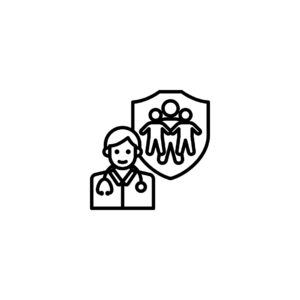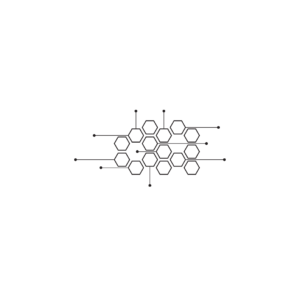Description
An Advanced Diploma in Computer Applications is designed to provide students with comprehensive knowledge and practical skills in various aspects of computer technology, software applications, and information systems. This program typically focuses on equipping graduates for roles in IT support, software development, digital media, and business applications.
Course Details:
Duration: Usually 1 to 2 years, depending on the institution and whether the program is full-time or part-time.
Eligibility: Generally requires a high school diploma or equivalent; some institutions may prefer candidates with prior experience or education in computer science or related fields.
Mode of Study: Offered in full-time, part-time, or online formats, often combining theoretical coursework with hands-on practical exercises.
Curriculum:
The curriculum for an Advanced Diploma in Computer Applications typically includes the following key components:
1. Introduction to Computer Applications
Overview of Computer Systems: Understanding the fundamental components of computer systems, including hardware and software.
Operating Systems: Familiarization with different operating systems (Windows, macOS, Linux) and their functionalities.
2. Programming Fundamentals
Introduction to Programming: Basics of programming concepts using languages such as Python, Java, or C++.
Problem Solving: Developing algorithms and writing code to solve real-world problems.
3. Web Development
HTML/CSS Basics: Learning the structure of web pages using HTML and styling them with CSS.
JavaScript: Introduction to client-side scripting to create interactive web applications.
4. Database Management
Database Concepts: Understanding relational databases, data modeling, and database management systems (DBMS).
SQL: Learning how to write SQL queries to create, manage, and manipulate databases.
5. Software Applications
Office Applications: Proficiency in business applications such as Microsoft Word, Excel, PowerPoint, and Access.
Advanced Software Tools: Exploring tools for project management, graphic design, and data analysis.
6. Networking Fundamentals
Computer Networking Basics: Understanding network types, protocols, and configurations.
Network Security: Introduction to basic security principles to protect networks and data.
7. IT Project Management
Project Planning and Execution: Skills for managing IT projects, including scope, time, and resource management.
Agile Methodologies: Understanding modern project management practices in software development.
8. Cybersecurity Basics
Introduction to Cybersecurity: Understanding the importance of cybersecurity and basic principles for protecting information systems.
Risk Management: Assessing risks and implementing basic security measures.
9. Capstone Project
Practical Application: A culminating project allowing students to apply their knowledge and skills to a real-world scenario, demonstrating their proficiency in computer applications.
Assessment:
Assessment methods for this program may include:
Written Exams: Testing theoretical understanding of computer applications and programming concepts.
Practical Projects: Completing assignments and projects that demonstrate technical skills in software applications, programming, and web development.
Group Work: Collaborating on projects to simulate real-world team environments and problem-solving.
Career Opportunities:
Graduates of an Advanced Diploma in Computer Applications can pursue various roles, including:
Computer Support Specialist: Providing technical support and troubleshooting assistance for hardware and software issues.
Web Developer: Designing and developing websites using programming languages and web technologies.
Database Administrator: Managing and maintaining databases, ensuring data integrity and security.
Software Developer: Creating applications and software solutions based on user requirements.
IT Project Coordinator: Assisting in the management and coordination of IT projects within organizations.
This advanced diploma program prepares students for a dynamic career in the IT sector, providing them with the necessary skills to meet the demands of various computer application roles. If you have further questions or would like more details on specific areas of the program, feel free to ask!









